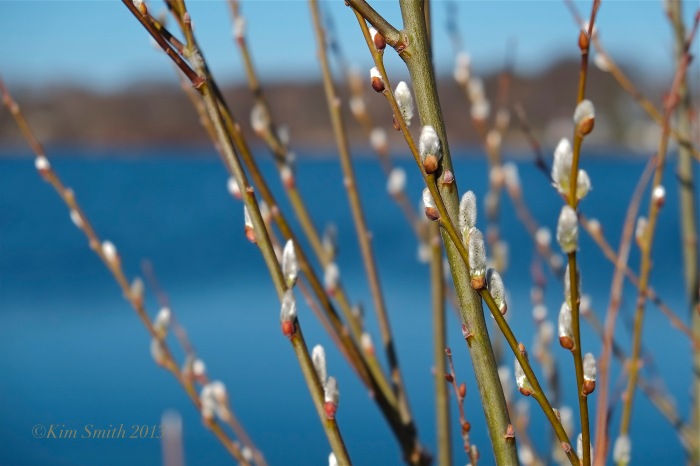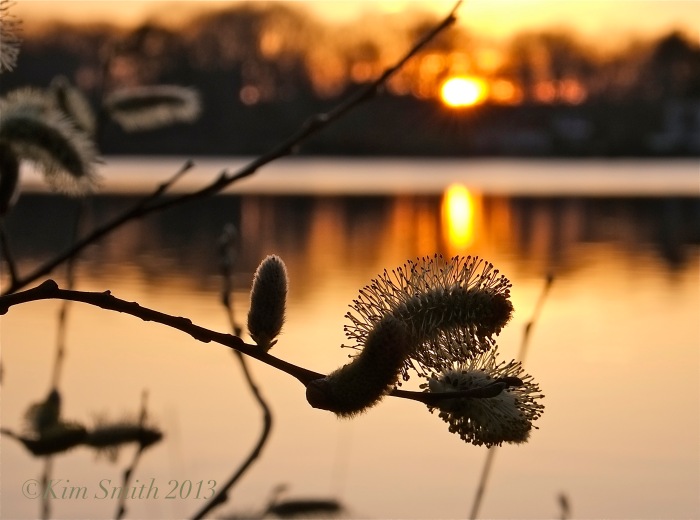To celebrate Earth Day (Earth Week-Earth Month-Everyday is Earth Day!), I am beginning a new series on GMG titled Habitat Gardening 101. The series is based on the lectures that I give to area conservation groups, garden clubs, libraries, and schools and is designed to provide information on the relationships between our native flora and fauna, and how to translate that information to your own garden. You will find in this series information on how to support and encourage to your garden a wide variety of wildlife, including songbirds, butterflies, bees, moths, skippers, hummingbirds, and small mammals, and the trees, wildflowers, shrubs, vines, and groundcovers that sustain these beautiful creatures.
This series could just as well be titled Beauty in Our Midst because there are so many gems to be found along our shoreline, meadows, fields, wetlands, dunes, woodlands, and roadsides. Although the series will cover a wide array of flora and wildlife, the first posts will be about several butterfly attracting trees and shrubs because they are currently in bloom. Coming Wednesday, the North American native Pussy Willow will be featured. For today, the following is one of my Top Ten Tips for Attracting Lepidoptera to Your Garden.
*
Habitat Gardening 101 Tip #1: Plant Caterpillar Food Plants
So you want to attract tons of butterflies to your garden and you plant lots of gorgeous, colorful nectar-rich plants—and that is wonderful. To your garden will come many beautiful, albeit transient, butterflies, along with an array of many different species of beneficial pollinators. However, if you want butterflies to colonize your garden, in other words, to experience the grand beauty of the creature through all its stages of life, from egg to caterpillar to chrysalis to adult, you must also plant caterpillar food plants.

Black Swallowtail Butterfly Egg on Fennel (the pinhead-sized golden yellow dot)
Each species of butterfly caterpillar will only eat from a family of plants it has coevolved a relationship with over millennia. We call this a caterpillar food plant, host plant, or larval food plant.
Perhaps you may recall that the Monarch Butterfly only deposits her eggs on milkweed plants. The Black Swallowtail Butterfly deposits her eggs on, and the caterpillars feast on, members of Umbelliferae (Apiaceae), or carrot family of plants, including carrots, parsley, fennel, dill, and Queen Anne’s Lace. Some caterpillars, like the stunning Eastern Tiger Swallowtail feed from several plant families, like those of Magnoliaceae and Rosaceae, which species include the Wild Black Cherry, the Tulip Tree, and the Sweet Bay Magnolia.

If you see a green, black and yellow striped and spotted caterpillar munching on your parsley plant, it is not a Monarch caterpillar; it is a Black Swallowtail caterpillar (I am often asked this question). Monarch caterpillars are striped yellow, black, and white, always. You will never find a Black Swallowtail caterpillar munching on milkweed; likewise you will never find a Monarch caterpillar eating your parsley and fennel.
Another question frequently asked is, if I invite caterpillars to my garden, will they devour all the foliage. The answer is, for the most part, no. The damage done is relatively minimal, the plant generally recovers quickly, and bear in mind too, that plants have evolved with many mechanisms to discourage their complete destruction. Remember, the plant was responsible for inviting the butterfly to its flower in the first place!

Note too, that if you invite butterflies to your garden to deposit their eggs, please don’t turn around and spray pesticides, which will kill all, indiscriminately. A habitat garden, by its very definition, is an organic garden, which means no herbicides, insecticides, pesticides, and chemical fertilizers.
*
Feel free to send any and all questions, suggestions for a topic, or curiosity, to the comment section under each post.
*
Cape Ann Milkweed Project Update: Because of the chilly spring weather, milkweed shoots are slow to emerge.
Link to a list of lectures and workshops at Kim Smith Designs
Spread The GMG Love By Sharing With These Buttons:







